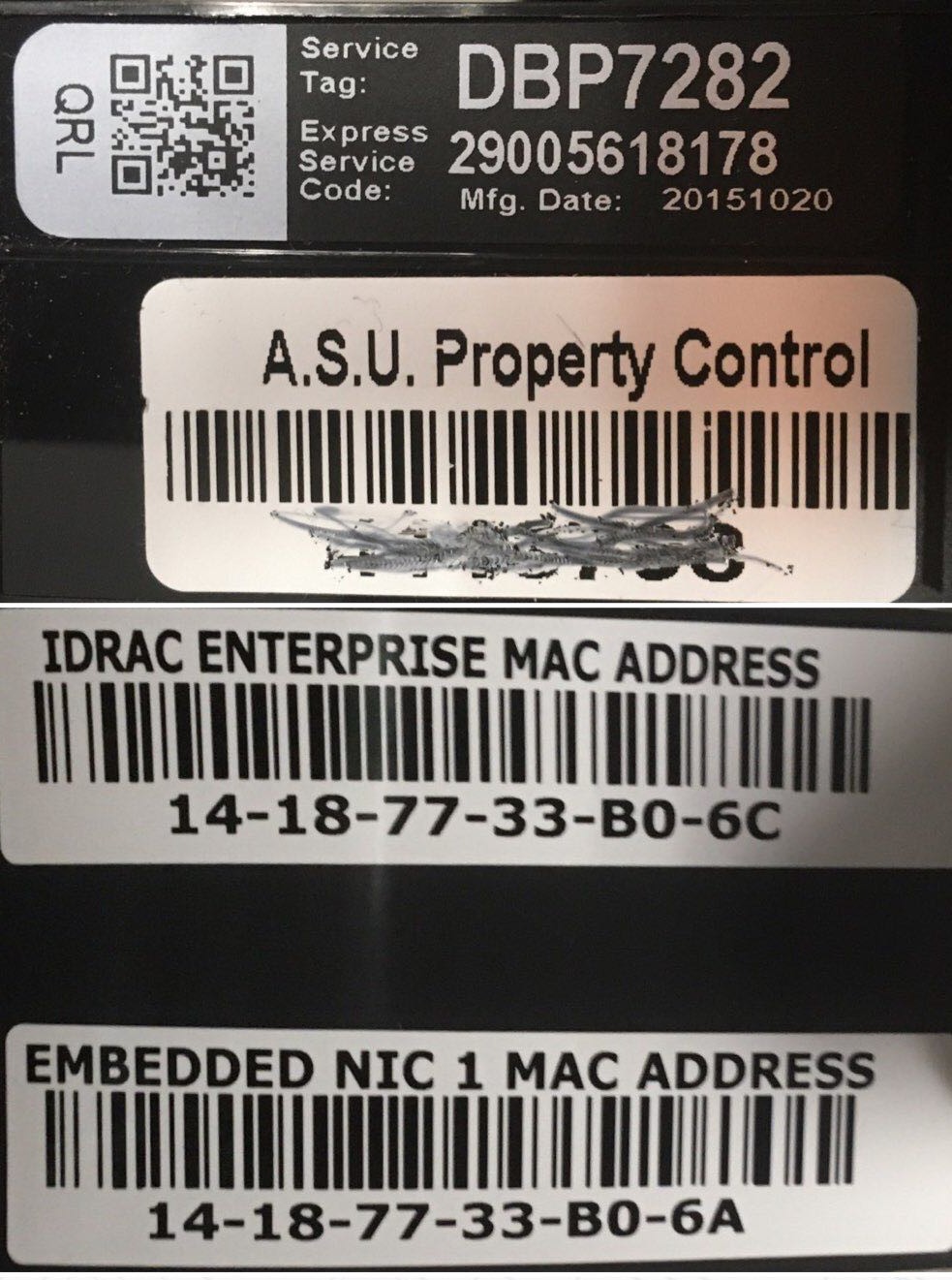

Marketers, developers, and CxOs of higher ed institutes can seamlessly connect with Open Source community groups worldwide. As discussed, Drupal is one of the most popular higher ed Open Source Content Management Systems (CMS) for colleges and universities.
#Asu drupal hosting software
What Is An Open Source Education Content Management System?Īn Open Source website is a site that uses Open Source Software (OSS)-software with source code that anyone can inspect, modify, and enhance. This makes it easier to deliver orchestrated digital experiences across channels in an agile way, leading to a transformation that makes institutions more flexible and resilient in the long term. With close to 60% of university websites built on an Open Source CMS to attract, engage, and convert desired prospects, it is the best decision higher ed tech leaders can make when it comes to their university or college platform.Īn Open Source education Content Management System tries to tie together services, data, and content coherently in any tech stack. “In real Open Source, you have the right to control your own destiny.” Should I choose An Open Source Education Content Management System For My Institution?ĭo you wish to control the destiny of your website and deliver an orchestrated experience to your students and faculty? As quoted by Linus Torvalds: Though fewer Higher Ed websites are built on Drupal than WordPress, Drupal is the most popular choice among larger, more premium universities with complex requirements.Īs examples, the top five US universities (Harvard University, Stanford University, Massachusetts Institute of Technology (MIT), University of California, Berkeley (UCB), and the University of California, Los Angeles) based on the QS World University Rankings: USA report, used Drupal development services to build their platform. But it all boils down to the type of institution and its needs. Across all the types of institutions-private, public, or private non-profit-two higher ed CMSs (both Open Source) stood tall above the others: WordPress and Drupal-with 40.8% and 19.1% share, respectively.ĭrupal and WordPress are among the popular Higher Ed Content Management System platforms used for website development. NYC Design researched 3,360 higher ed websites (Stanford University, University of British Columbia, UC Berkeley, University of Michigan, Cornell University to name a few ), and the findings highlight that 90% of these websites are built using twelve education Content Management Systems. Login portals have to be more advanced than the “angel systems,” or “blackboard systems” of the past.Ĭhoosing the right education Content Management System that discovers the tasks prospects want to perform and design, build, and grow the platform accordingly can be daunting. And, in Higher Education, those education CMSs not just support digital marketing or communications but also serve as a central tool for staff, faculty, students, and others. Collectively, by up to $19 billion dollars.ĭelivering a seamless experience is achieved through an increasingly integrable education Content Management System (CMS). It’s the platform that gives you the means to attract, engage, and delight your prospective students and deliver a seamless experience.Įducation websites that are outdated and experience-less directly affect the university’s reputation among prospective students, their parents, and potential hires this directly affects the enrolment rate, eventually leading to a loss of revenue. Nancy Hubbard, University of LynchburgĪlthough it is crucial to assert control over an uncertain world by identifying assumptions about the future and determining how your institution will respond, the question arises: What’s the most important thing to get right, online? But it's also quite scary because 20% of colleges aren't going to make it.” “Not everybody's going to survive, for people who are forward-thinking, fast-pivoting, opportunistic visionaries, this is a really exciting time to be in higher ed. To do this, they have to ask themselves key questions about streamlining the student experience, the faculty experience, the remote learning experience, and the digital infrastructure that gives it all rise. Regardless of what the future brings, leaders in higher-ed are preparing themselves and their institutions to thrive in a new digital paradigm shift. Universities and colleges across the world still don’t know what next semester will look like. The impact of COVID-19 on Higher Education is unprecedented and its scale is still not understood. Because you know that to thrive, universities in today’s digital-first “new normal” can’t afford to get this wrong. Choosing the right education Content Management System (CMS) for your institution shouldn’t be left up to someone else.


 0 kommentar(er)
0 kommentar(er)
